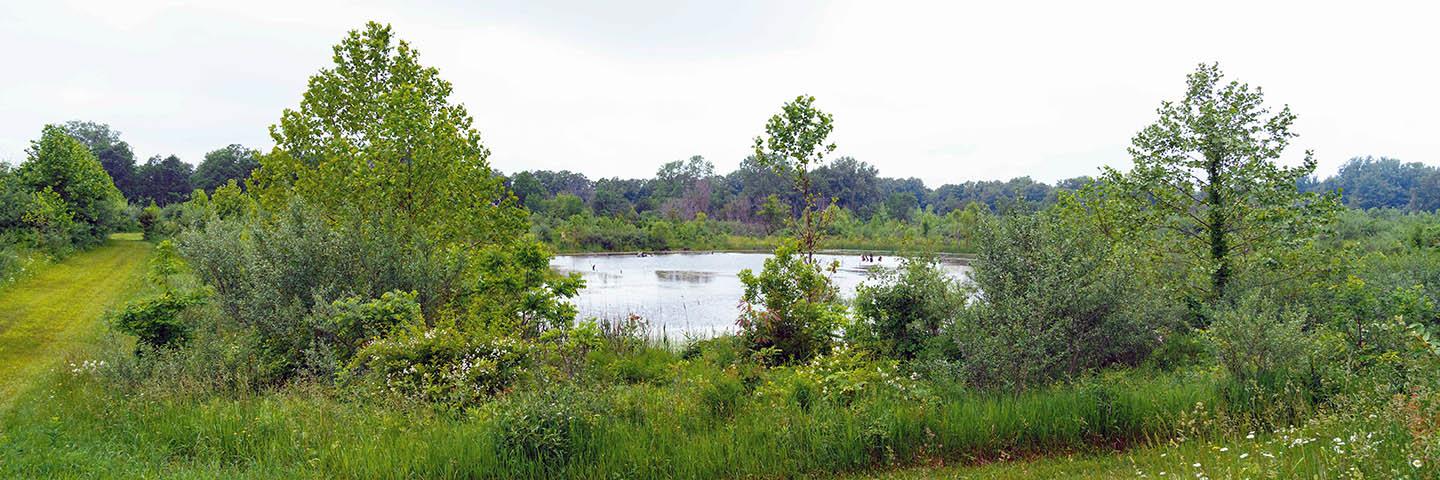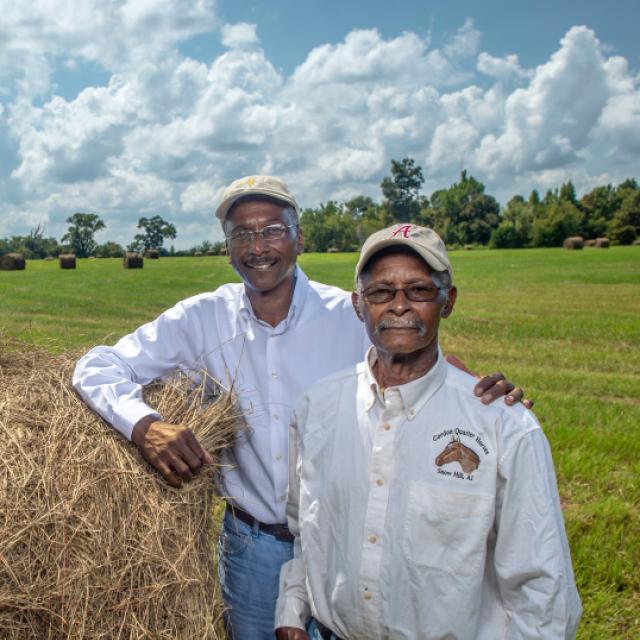Notice


Through the Wetland Reserve Enhancement Partnership (WREP) program, NRCS enters into agreements with eligible partners to target and leverage resources to carry out high-priority wetland protection, restoration, and enhancement activities and to improve wildlife habitat on eligible lands.
For more information visit the National WREP Website Wetland Reserve Enhancement Partnership | Natural Resources Conservation Service (usda.gov)
Benefits
Partner benefits through WREP agreements include:
- Wetland restoration and protection in critical areas
- Ability to cost-share restoration or enhancement beyond NRCS requirements through leveraging
- Able to participate in the management or monitoring of selected project locations
- Ability to use innovative restoration methods and practices
Eligibility
Only states and local units of government, Indian Tribes and nongovernmental organizations are eligible to submit a proposal and enter into agreements with NRCS. WREP partners are required to contribute financial and technical assistance match. All individual agreements or contracts funded as a result of an approved WREP agreement must meet all WRE eligibility and program requirements and all transactions will be processed through required contracting procedures.
How to Apply
The WREP proposal must follow the format and address all criteria outlined in a Proposal Announcement and Requirements document. For more information, please visit the Wetland Reserve Enhancement Partnership | Natural Resources Conservation Service (usda.gov) (WREP) webpage. Partners interested in submitting a WREP proposal are encouraged to work with an NRCS Idaho State Easement Coordinator as part of developing the proposal. Proposals must follow ACEP criteria for Wetland Reserve Easements.
Easement Contact
Email: nrcs.id.easements@usda.gov
Ready to get started?
Contact your local service center to start your application.
How to Get Assistance
Do you farm or ranch and want to make improvements to the land that you own or lease?
Natural Resources Conservation Service offers technical and financial assistance to help farmers, ranchers and forest landowners.

To get started with NRCS, we recommend you stop by your local NRCS field office. We’ll discuss your vision for your land.
NRCS provides landowners with free technical assistance, or advice, for their land. Common technical assistance includes: resource assessment, practice design and resource monitoring. Your conservation planner will help you determine if financial assistance is right for you.
We’ll walk you through the application process. To get started on applying for financial assistance, we’ll work with you:
- To fill out an AD 1026, which ensures a conservation plan is in place before lands with highly erodible soils are farmed. It also ensures that identified wetland areas are protected.
- To meet other eligibility certifications.
Once complete, we’ll work with you on the application, or CPA 1200.
Applications for most programs are accepted on a continuous basis, but they’re considered for funding in different ranking periods. Be sure to ask your local NRCS district conservationist about the deadline for the ranking period to ensure you turn in your application in time.
As part of the application process, we’ll check to see if you are eligible. To do this, you’ll need to bring:
- An official tax ID (Social Security number or an employer ID)
- A property deed or lease agreement to show you have control of the property; and
- A farm number.
If you don’t have a farm number, you can get one from USDA’s Farm Service Agency. Typically, the local FSA office is located in the same building as the local NRCS office. You only need a farm number if you’re interested in financial assistance.
NRCS will take a look at the applications and rank them according to local resource concerns, the amount of conservation benefits the work will provide and the needs of applicants. View Application Ranking Dates by State.
If you’re selected, you can choose whether to sign the contract for the work to be done.
Once you sign the contract, you’ll be provided standards and specifications for completing the practice or practices, and then you will have a specified amount of time to implement. Once the work is implemented and inspected, you’ll be paid the rate of compensation for the work if it meets NRCS standards and specifications.

